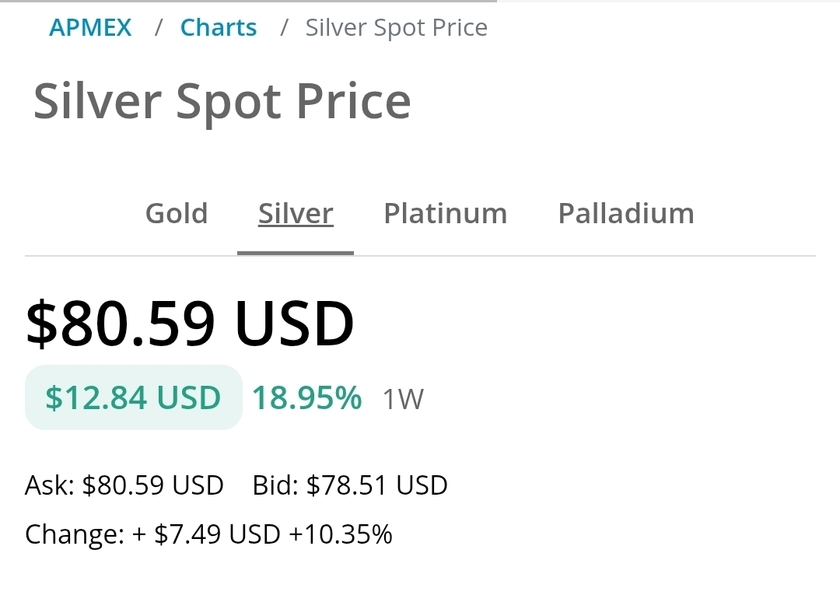In brief
- Edge is set to become a ubiquitous lever of scale and reinvention—especially as AI becomes more pervasive in the enterprise.
- 83% believe that edge computing will be essential to remaining competitive in the future. Yet only 65% of companies are using edge today.
- Of the four adoption types we found, those that integrate edge into their cloud strategies and use it a differentiator are seeing better outcomes.
Edge computing is bending the innovation curve by dramatically improving the performance of production and service applications that run business. It moves computing to the edge of the enterprise network where it is closest to users and devices — and most critically, where the data is created.
Edge is becoming a ubiquitous lever for scale and reinvention
Edge has a role to play in the evolution of AI and generative AI for businesses. It enables data analysis in real- or near-real time, making training AI models a simpler task and improving the performance of AI-driven applications.
98% of global executives say AI foundation models will play an important role in their organizations’ strategies in the next 3 to 5 years.
Edge and the digital core
Not surprisingly, edge is becoming an integral part of the digital core, which leverages the power of cloud, data, and AI through an interoperable set of systems across the enterprise that allows for rapid innovation.
We surveyed 2,100 C-level executives in 18 industries across 16 countries to understand levels of edge interest and adoption among companies. We found that 83% believe that edge computing will be essential to remaining competitive in the future. Still, adoption lags behind interest.
83% of companies believe that edge computing will be essential to remaining competitive in the future.
81% of companies think failure to act quickly can lock them out from the full benefits of the technology.
65% of companies are using edge to some degree today. Of these, half have deeply integrated edge with their digital core.
Edge adoption types
In our research, we found four main enterprise approaches to edge adoption. These approaches are largely driven by factors such as the strategic implementation to support business capabilities, the ability to scale across the organization and the maturity of the technology.

Edge adoption strategy and outcomes
Each type makes a different set of choices to create and capture value from edge.
Type 1 (Ad Hoc) and Type 2 (Tactical) are the least successful adopters. Their edge deployments are one-off and strictly tactical, or otherwise not integrated with the enterprise’s systems. This hobbles their efforts to scale the technology or integrate it with other technologies for maximum return.
Type 3 (Integrated) scales edge and integrates it deeply with cloud and the greater IT strategy. Type 4 (Super Integrated) is the most transformational adopter, working with innovation partners to develop and edge-first business. These types demonstrate better outcomes and ability to accelerate innovation.
Three steps to maximizing edge value
Regardless of what type of edge adopter you are, our three-step framework can help you unlock the value of edge.
- Strategize for edge: Approach edge as a foundational capability, not as a bolt on. Our research shows that companies having the most success with edge view it as a key component in a broader business strategy that leverages cloud, AI, and data—the digital core.
- Scale across the enterprise: Build out edge across the enterprise, not just ad-hoc projects. Rather than investing in one-off projects that lead to siloed results, the most successful edge adopters take steps to scale implementation across businesses. They look for ways to standardize around successful use cases while leveraging partners for help.
- Strengthen capabilities: Ensure all employees and processes are prepared for edge. Edge is closer to the users and data, where physical actions are translated into digital data. So, it impacts the experience of employees across the organization and not just the IT department. For example, with edge, production workers or laboratory workers can get more and better information about the state or quality of production or be able to utilize AI directly.
To learn more about maximizing value from edge, read the full report.




























